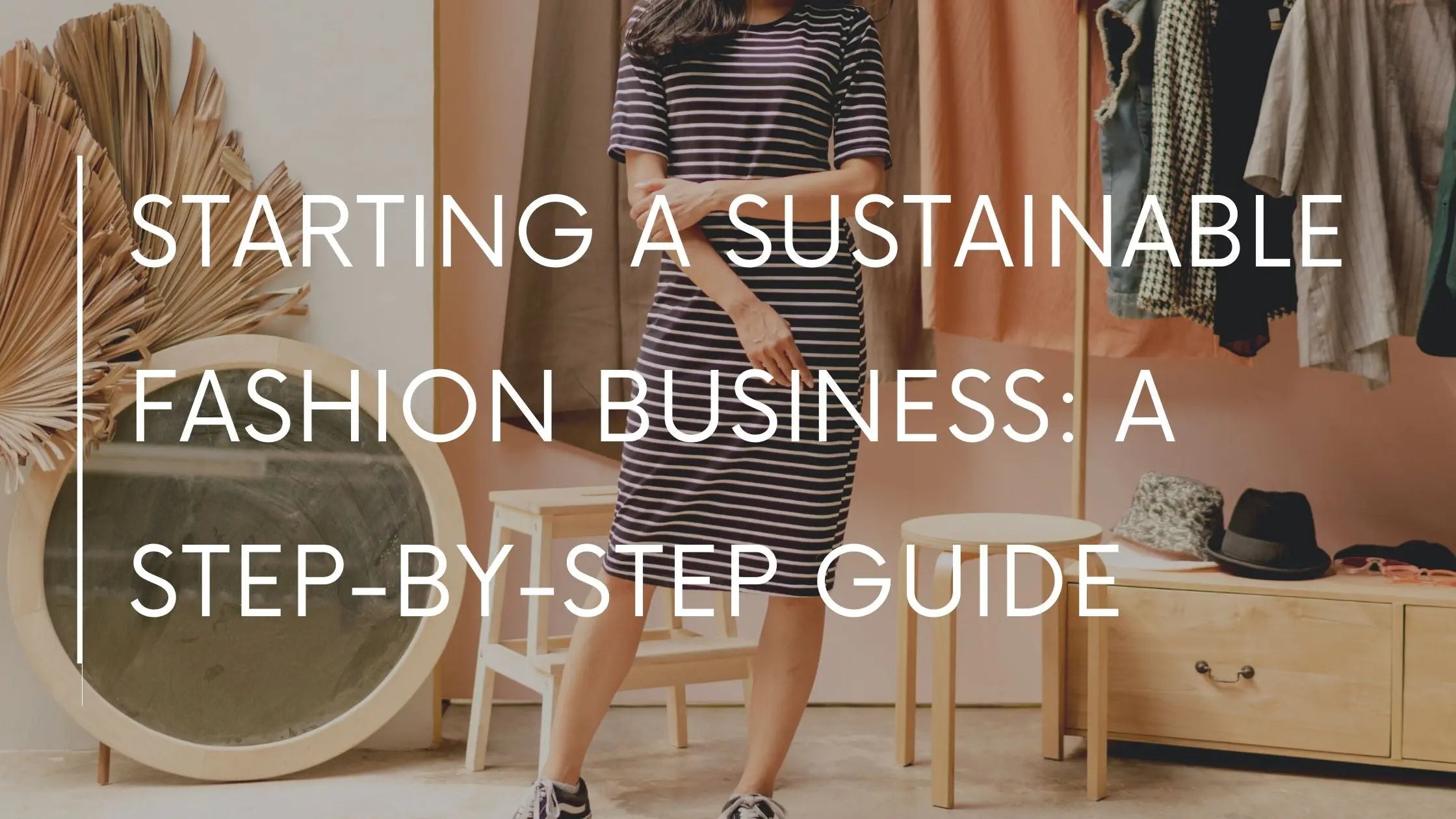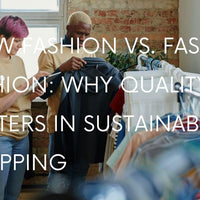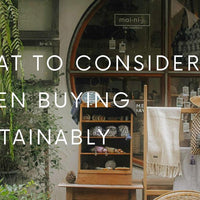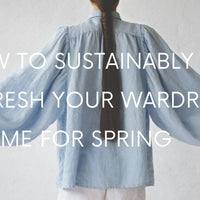Introduction: The Rise of Sustainable Fashion
The fashion industry is undergoing a transformation, with sustainability at its core. As consumer awareness grows, starting a sustainable fashion business is not just a trend but a strategic move towards a greener, more ethical future. If you're passionate about fashion and the planet, here's a comprehensive guide on how to kickstart your sustainable fashion venture.

1. Define Your Mission and Values
Begin by outlining the mission and values of your sustainable fashion business. Clearly articulate what sets you apart in terms of sustainability—whether it's the use of eco-friendly materials, ethical production practices, or a commitment to transparency in the supply chain.
2. Research and Education
Immerse yourself in the world of sustainable fashion. Utilizing a text summarizer can condense your plan effectively. Stay informed about eco-friendly materials, ethical manufacturing processes, and the latest trends in sustainable fashion. Understanding the environmental and social impact of your choices is crucial for making informed decisions.
3. Create a Business Plan
A solid business plan is the foundation of any successful venture. Outline your business goals, target audience, marketing strategy, and financial projections. Clearly define your unique selling points in the sustainable fashion market.
4. Source Sustainable Materials
Identify and establish relationships with suppliers of sustainable materials. Consider using organic fabrics, recycled materials, or innovative alternatives like Tencel and Piñatex. Ensure that your chosen materials align with your commitment to eco-friendliness.
5. Choose Ethical Production Practices
Select manufacturers and production processes that prioritize ethical labor practices. Certifications such as Fair Trade can add credibility to your commitment to fair wages and working conditions. Regularly audit your production partners to ensure compliance with your ethical standards.
6. Design with Sustainability in Mind
Integrate sustainability into your design process. Consider factors such as durability, versatility, and timeless aesthetics to create pieces with a longer lifespan. Aim to minimize waste throughout the design and production phases.
7. Build an Online Presence
In the digital age, a strong online presence is crucial for success. Create a user-friendly website that reflects your brand identity and values. Utilize social media platforms to showcase your sustainable practices, engage with your audience, and build a community around your brand.
8. Marketing and Branding
Craft a compelling narrative around your brand's commitment to sustainability. Use storytelling to connect with your audience on a deeper level. Leverage content marketing, influencer collaborations, and partnerships to amplify your brand's reach.
9. Certifications and Transparency
Obtain relevant certifications that validate your commitment to sustainability. Display these certifications prominently on your website and marketing materials. Embrace transparency by sharing the story behind each product, from sourcing materials to the final product.
10. Engage in Sustainable Packaging
Extend your commitment to sustainability to your packaging. Explore eco-friendly packaging options that reduce waste and align with your brand values. Clearly communicate your dedication to sustainable packaging to your customers.
11. Launch and Scale Responsibly
Launch your sustainable fashion business with a carefully planned marketing campaign. Monitor customer feedback and continuously refine your processes. As your business grows, explore opportunities to scale while maintaining your commitment to sustainability.

Conclusion: Fashioning a Sustainable Future
Starting a sustainable fashion business requires dedication, research, and a genuine commitment to making a positive impact. By following these steps, you can build a brand that not only meets the demands of conscious consumers but also contributes to the larger movement towards a more sustainable and ethical fashion industry.








0 comments